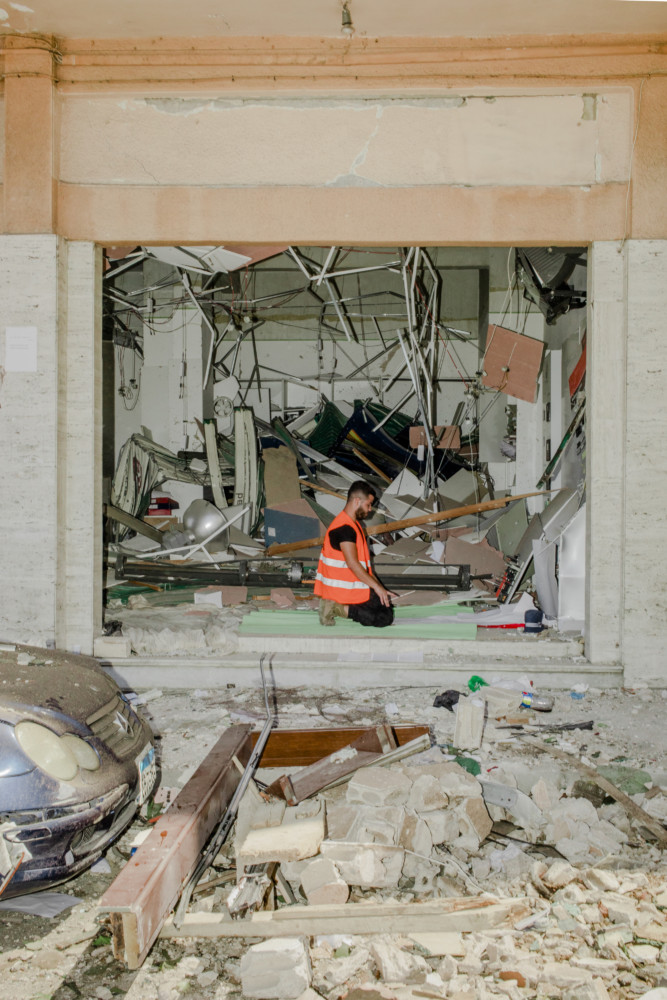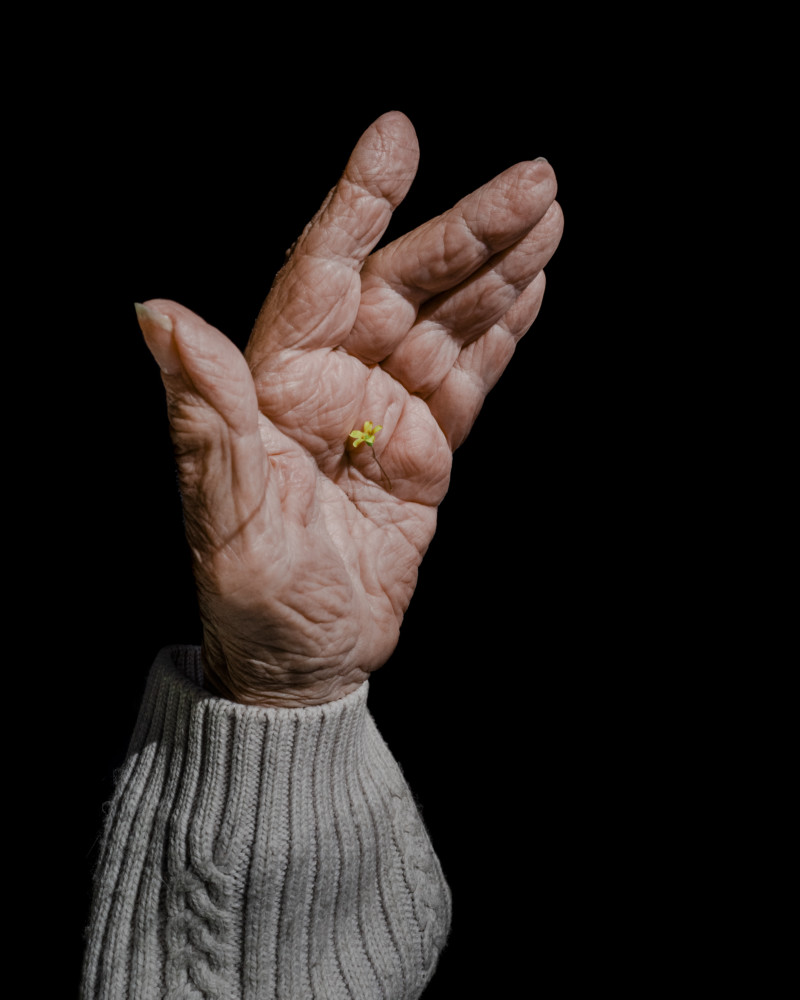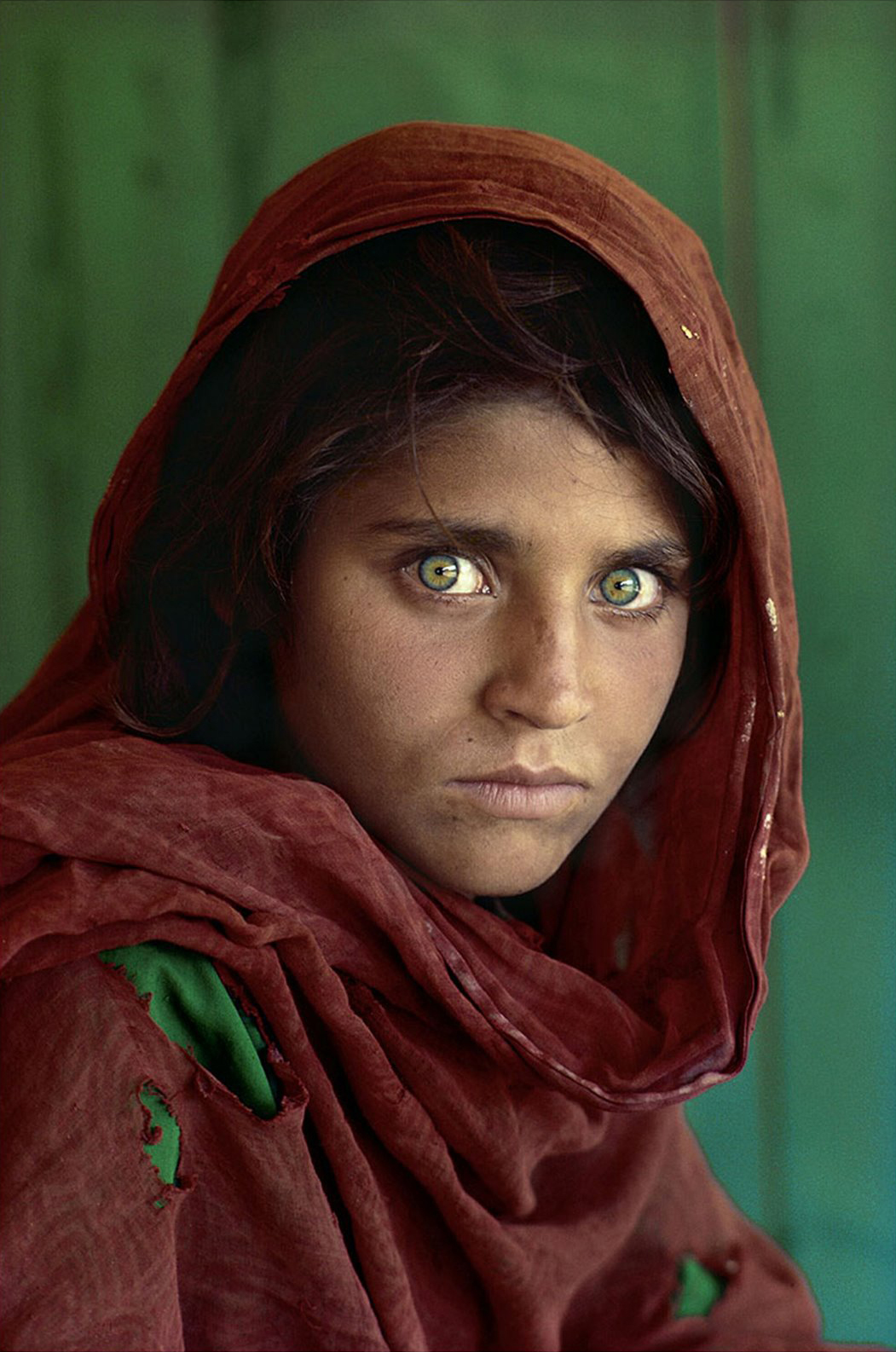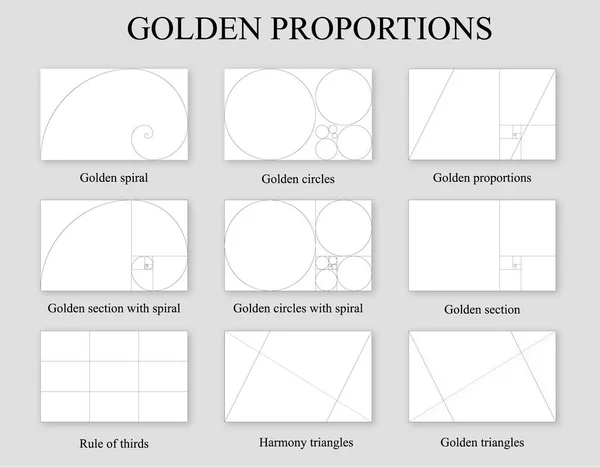Week 1
BTS pictures taken by Angel







Photographers
Myriam Boulos
Beirut
Myriam Boulos was born in 1992, after the conclusion of the Lebanese civil war, “in a fragmented country that had to reinvent itself.” Boulos grew up in a tumultuous political and personal setting, which inspired her to “use photography to explore, defy, and resist society,” and her photos have appeared in Vogue, Time, and Vanity Fair.
Her works :

Three Women Protesting in Beirut the day after the October 2019 Revolution Started. Photographed by Myriam Boulos.


Steve McCurry

Afghan Girl: This image, which is arguably McCurry’s most well-known, shows Sharbat Gula, a juvenile refugee from Afghanistan, gazing menacingly into the camera with her eerie green eyes. Photographed in a Pakistani refugee camp in 1984, this photograph has come to represent the turmoil in Afghanistan and the tenacity of its people.
Cristina Mittermeier
Mittermeier’s breathtaking submerged images depict the richness and beauty of marine life while emphasising how critical it is to save the oceans. She makes a strong case for ocean conservation by sharing her stunning photos of whales, sharks, and other marine life in their native environments.

Egg Yolk Jellyfish Salish Sea, 2016 By Cristina Mittermeier

Azul Jardines de la Reina, Cuba, 2017 By Cristina Mittermeier
Week 2- Aperture, ISO & Shutter speed


What is Aperture
The aperture is the hole in the lens of a camera. Your images will appear lighter because a bigger hole lets more light reach the sensor. Less light reaching the sensor through a narrower hole causes your photos to appear darker.
You can also change the aperture’s size, which will impact the brightness of a photo, by modifying the aperture setting on your camera.
What is Shutter speed
The duration of time a camera’s shutter is open, letting light onto the film or sensor, is referred to as shutter speed.
Seconds or fractions of a second, such as 1/1000, 1/250, 1/60, and so on, are used to measure shutter speed. A quicker shutter speed, such as 1/1000 or 1/2000, indicates that just a small point in time is captured by having the shutter open for a very short time. This is helpful for freezing subjects that move quickly, like animals or sports.
Contrariwise, a slower shutter speed—like 1/30 or 1/2—allows the shutter to remain open longer, letting in more light and producing a blurred or motion-like effect. For artistic purposes, like as catching the cascade of water in a waterfall or producing light trails from passing cars, slow shutter speeds are frequently employed.
To get the right exposure and artistic effects in their shots, photographers must comprehend and manage shutter speed.
LOW Shutter speed
What is ISO
If you are unable to utilise a bigger aperture or longer shutter speed, you can use ISO as an option to lightening up your images. Usually expressed as a number, where a lower number denotes a darker image and a higher number, a brighter image. But, increasing your ISO also makes the noise and graininess in your photos more noticeable. ISO 100 or 1600, etc. are some examples extremes.
Low ISO
High ISO
Highest ISO
Week 3 – Camera Lenses
Week 4 – Sequencing
Kids at the park:




Cute Samoyed? or loyal companion 😀 ?






Week 5 – Photography Composition
In photography, composition is the placement of components inside a frame to produce a picture that is harmonious, eye-catching, and successfully communicates. It makes use of design elements including leading lines, symmetry, the rule of thirds, and frame to direct the viewer’s attention and communicate the desired message or feeling. In order to turn a plain picture into an intriguing work of art, good composition is essential since it increases the visual impact of the image, makes it more captivating, and makes sure that the topic is highlighted in a meaningful way.

Week 6- Traditional Photography and Dark Room
In traditional photography, light-sensitive film is used to take pictures using analog cameras. The film is developed in a dark room, which is a controlled environment devoid of light that may harm the film, after it has been exposed. Photographers develop the negatives in a dark room using chemical procedures, after which they enlarge and transfer the pictures onto photographic paper. Photographers are able to apply creative approaches and manual modifications because to this painstaking process, which also produces tactile, one-of-a-kind prints that frequently have a timeless, distinctive feel.
Week 7 Lighting, position
Week 8
Assignment 1
Idea 1 :


William Anastasi, Nine Polaroid Portraits of a Mirror, 1967, black and white instant print, The Metropolitan Museum of Art, New York / Art Resource, NY.
In 1967, the conceptual artist William Anastasi photographed himself photographing himself, facing a mirror that gradually disappeared under a series of instant prints, in the work ‘Nine Polaroid Photographs of a Mirror’. It was one of many new artworks that would have been practically impossible without Polaroid technology.
This idea didn’t meet the Assignment 1 learning outcomes and I ended up changing my idea.
Taking inspiration from ‘Chance Meeting’ by Duane Michals, I thought about making a Photo narrative of making friends around university campus, in collaboration with my friends as actors.
Final
1 & 2 – ISO-3200, f/20, Exposure time 1/15 sec
3 & 4 – ISO-2000, f/20, Exposure time 1/15 sec
5- ISO-2000, f/13, Exposure time 1/40 sec
6- ISO-2000, f/5, Exposure time 1/200 sec
7- ISO-2000, f/5, Exposure time 1/250 sec
8 & 9 – ISO-2000, f/20, Exposure time 1/15 sec
10- ISO-2000, f/20, Exposure time 1/10 sec
11- ISO-8000, f/20, Exposure time 1/25 sec
12- ISO-8000, f/22, Exposure time 1/15 sec
13- ISO-8000, f/22, Exposure time 1/10 sec













Assignment 2 – Stop motion & Self portrait.
Stop Motion : https://youtube.com/shorts/DVe98h-sUj0
Self portrait :




